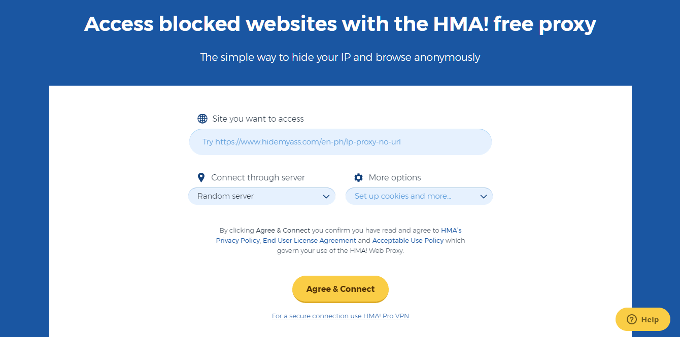

Enable or disable user authentication on the proxy server, and specify the user name and password.By default, the use of the proxy server is enabled for local addresses. Enable or disable the use of the proxy server for local addresses.Specify the proxy server address and port number.To manually specify the proxy server address and port number, select Use defined proxy server settings, and then define the proxy server settings:.To enable automatic detection of the proxy server address, select Automatically detect proxy server settings.Switch the toggle button to Use proxy server.The navigation area will then display the network settings. In the Mac group, select the Advanced → Network section.The security profile properties window displays settings available for all devices. Click the link with the profile name to open the security profile properties window.In the list, select the security profile for the devices on which you want to configure the proxy server.A proxy server is a computer on a local network that acts as an intermediary between a single computer. The Security profiles section contains a list of security profiles configured in Kaspersky Endpoint Security Cloud. If your computer is connected to a local network that’s protected from the internet by a firewall, you may need to specify proxy servers or use the FTP passive mode (PASV) to access some internet sites. Select the Security management → Security profiles section.Open Kaspersky Endpoint Security Cloud Management Console.
BEST PROXY SERVER FOR MAC FOR MAC
To define the proxy server settings for Mac devices: You can define the proxy server settings for Mac devices, which will be used for connecting those devices to the Internet. Network Agent will use the proxy server settings that you defined when you downloaded the distribution package. The proxy server settings that are described in this section will be used only by Kaspersky Endpoint Security for Mac.

Configuring a proxy server for Mac devices


 0 kommentar(er)
0 kommentar(er)
